Italy’s history and culture is rich and deep. So are its animals!
This article looks at five creatures that play a significant role in the country’s culture and heritage, including where you’ll see them and what they mean to the local population.
From the Italian Wolf to the Italian Greyhound, these animals are a wonderful addition to the experience of this amazing country.
Come join me as we explore the fascinating stories of these “emblematic animals” in Italy.
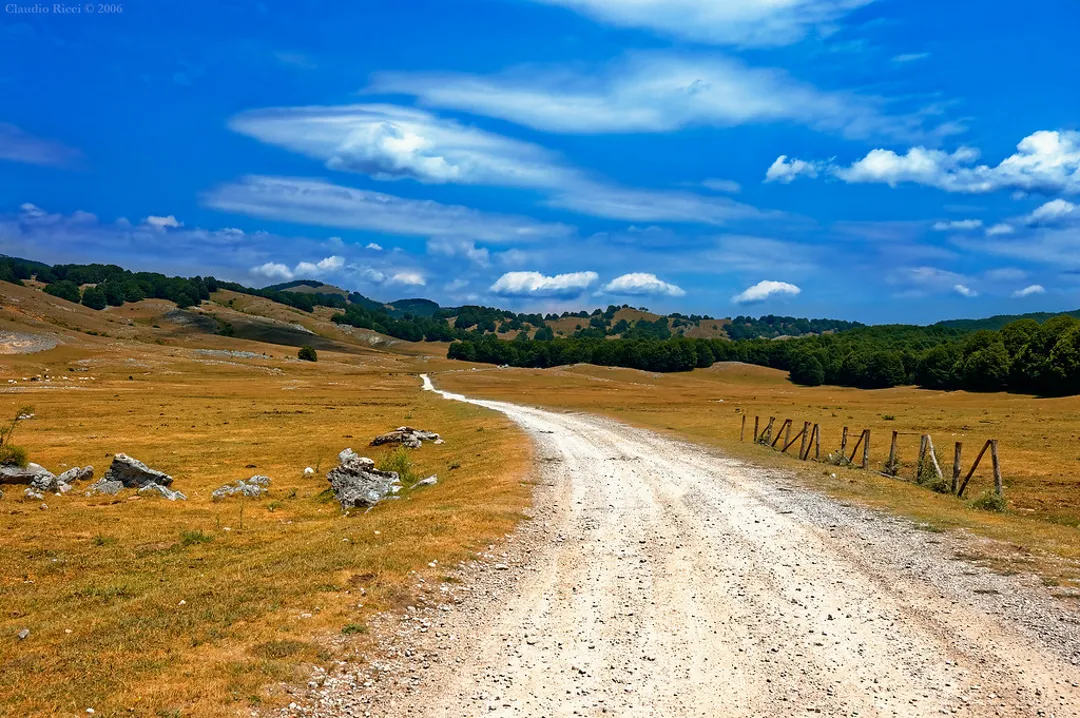
The Italian Wolf (Lupo Italiano)
The Italian Wolf is actually a subspecies of the gray wolf. It’s a beautiful animal and a symbol of the wild. With a gray-brown coat and sharp golden eyes, weighing about 45 kg, they hunt in family packs and call the rugged Apennine Mountains home.
Cultural Symbolism
Wolves have been an object of fascination for centuries. Associated with everything from strength and endurance to loyalty.
Eating Behavior
Italian Wolves eat mostly game and small mammals, truly displaying their predatory nature. Their diet is the perfect embodiment of the untamed spirit and rebellious nature of these wild dogs.
Place to Visit
To see these incredible animals in the wild, visit Parco Nazionale d’Abruzzo, Lazio e Molise. There are guided trips here and even wolf-tracking expeditions as well. It’s a dream destination for animal lovers looking to see this majestic animal.
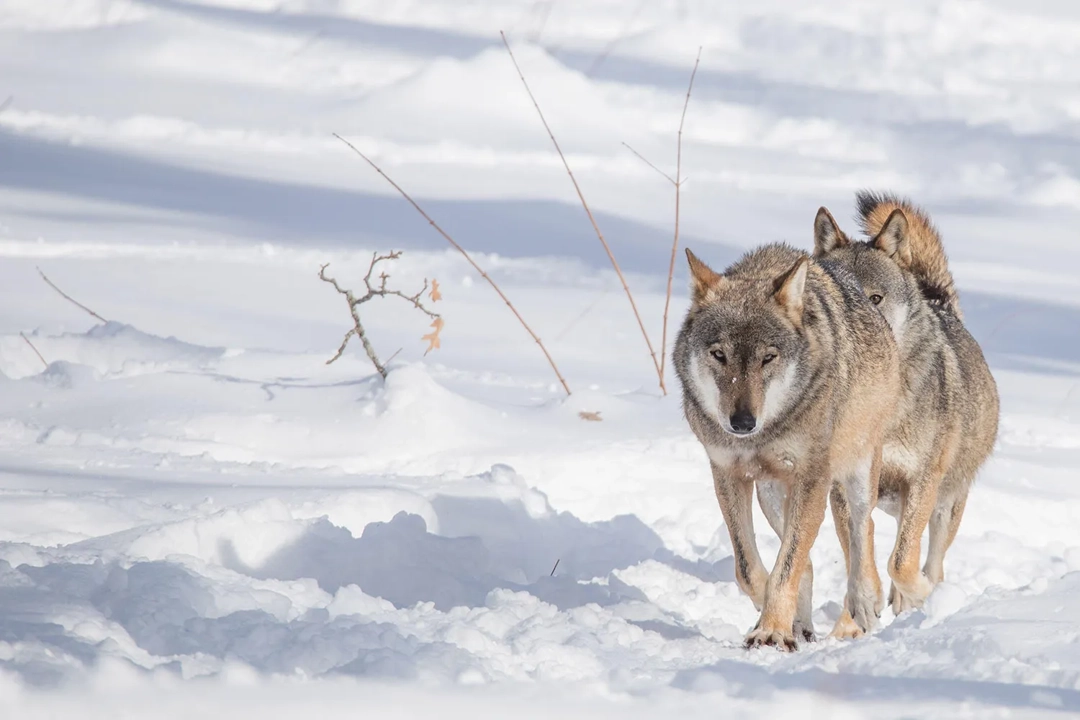
Tips for Visiting
If you do make plans to go there, be respectful of the wildlife. Wolves are very shy and their territory is mostly during the nighttime. Patience and a still tongue will not hurt you in enhancing the thrill of possibly seeing a wolf and/or preserving their way of life.
The Italian Sparrow (Passera d’Italia)
The Italian Sparrow is a cute bird that is very common throughout Italy. A mix between a house sparrow and a Spanish sparrow, it’s a fun hybrid. You’ll frequently see them flitting about rooftops, vineyards, and rural towns. They are ubiquitous in the country, popping up naturally and making the landscape even more picturesque.
Cultural Symbolism
To Italians, the sparrow is much more than a bird. It represents adaptability, spontaneity and joy. You see them absolutely everywhere, in cities and in the countryside.
Eating Behavior
Italian Sparrows are omnivorous, eating seeds, crumbs, and all sorts of odds and ends they forage, just like the country’s cuisine. Their presence is a great example of living peaceably with civilization.
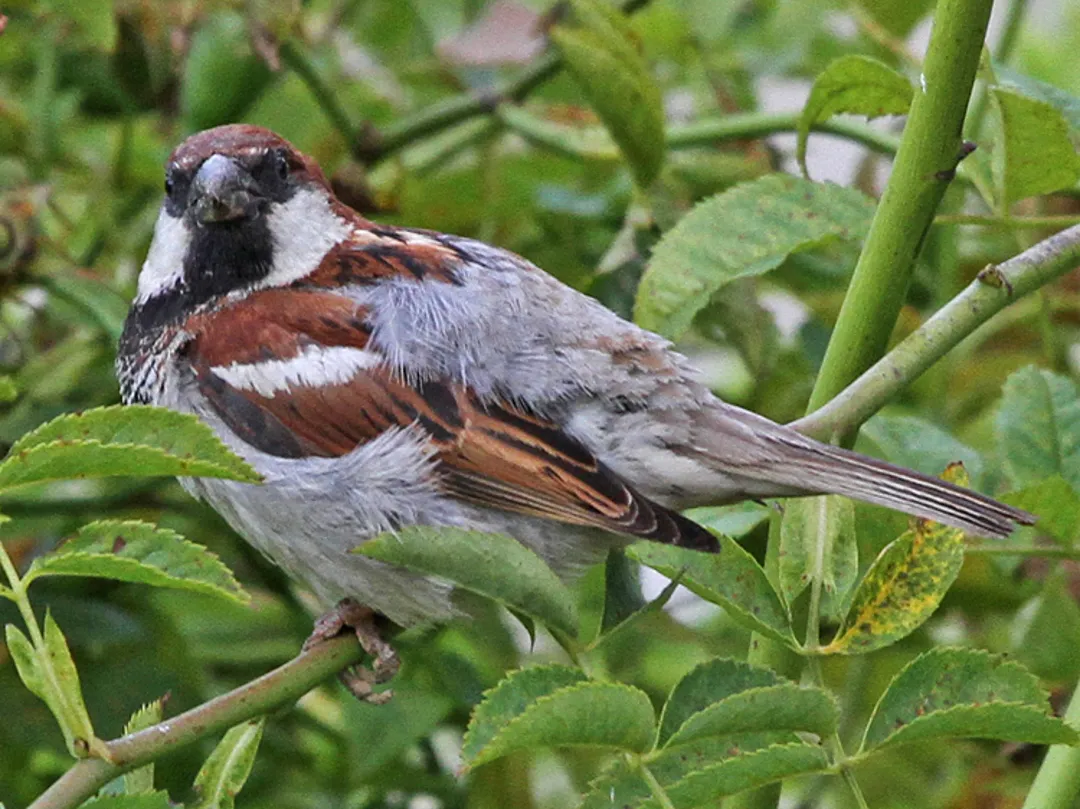
Place to Visit
You don’t have to look hard to spot an Italian Sparrow, as they are all over the place! Whether you’re wandering the streets of Florence or the rolling hills of Tuscany, you’ll find plenty of these birds, especially in the busy spring season.
Tips for Visiting
If you’d like to get a better view of our bird buddies, be sure to pack binoculars. While these guys are all over the place, they tend to have some pretty interesting quirks.
It may be hard, but try to resist the urge to feed them. When birds get used to being fed, they lose the ability to fend for themselves and it disturbs their natural lifestyle.
The Apennine Chamois (Camoscio Appenninico)
You won’t find the Apennine Chamois anywhere else but the central Apennines of Italy. Noted for their curved horns and brownish-black hair, these agile animals feel right at home in the mountains, scaling the rocky terrain with ease.
Cultural Symbolism
It’s an animal that takes on a special significance, acting as a symbol of freedom, Italia and agility. It’s an animal that represents the country, in more way than one. It’s an animal that represents Italy's desire to protect its land. When you think of this animal, you think of the wild and untouched mountains of Italy.
Eating Behavior
A vegetarian, the chamois primarily eats alpine grasses and wild herbs, much as Italy favors foraged, natural cuisine. Seeing them feeding is a grounding experience that really highlights the simplicity and purity of the natural world.
Place to Visit
Majella National Park and Gran Sasso e Monti della Laga National Park are two of the best places to visit to spot the Apennine Chamois. The parks have guided treks that pass through gorgeous mountain scenery, with knowledgeable guides who make the experience fun and informative.
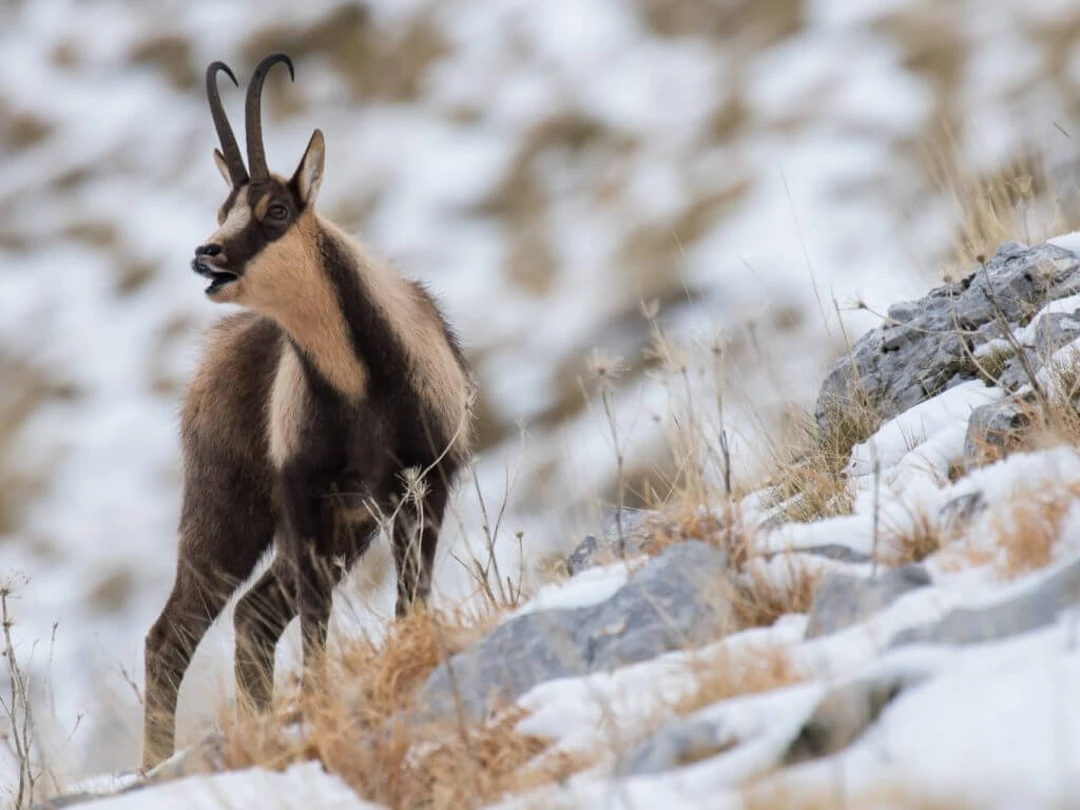
Tips for Visiting
Visitors should wear appropriate hiking attire and always remain on the trails. Chamois are very skittish, so silence is key during any encounter. Approach slowly, quietly, and patiently, and you (hopefully) will be rewarded.
The Marsican Brown Bear (Orso Marsicano)
This endangered subspecies of the Eurasian brown bear lives in central Italy’s verdant surroundings. There are less than 60 of them in existence, so it’s a special experience if you do see one. They’re big, amazing, and an essential part of the natural systems in their environment.
Cultural Symbolism
The Marsican Brown Bear isn’t just a bear; it’s a symbol of strength, nurture, and the ties that bind us. In Italy, it’s also a symbol of man’s struggle with nature. Observing this majestic animal reinforces the importance of protecting the integrity of our global ecosystem.
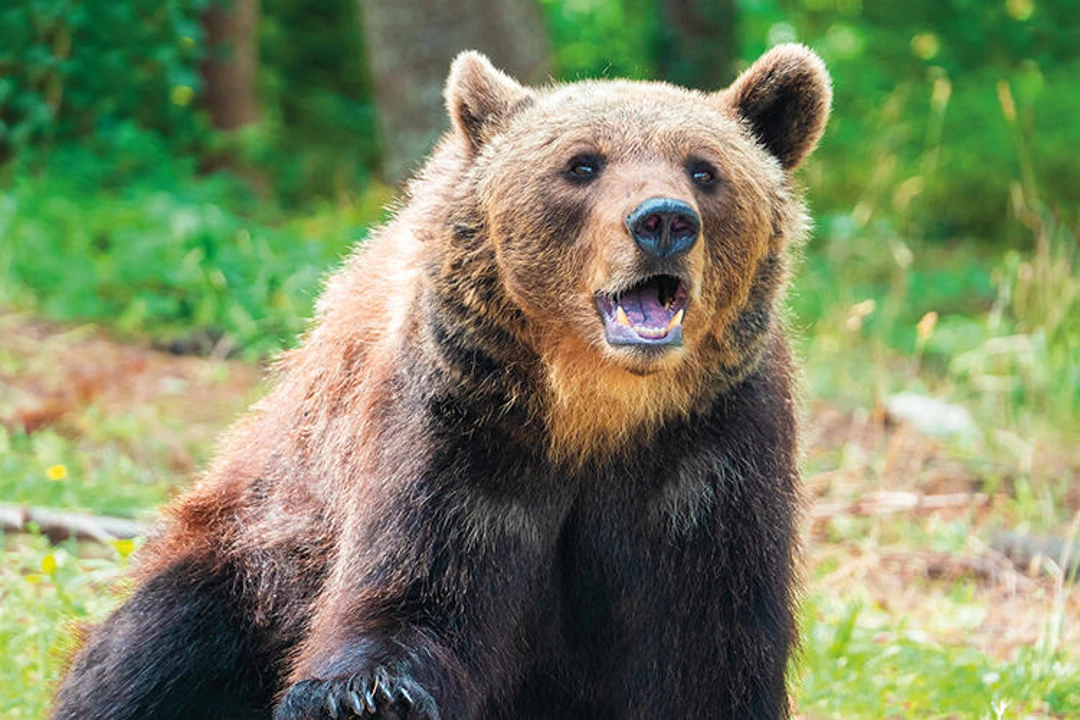
Eating Behavior
Unlike a lot of its bear cousins, the Marsican Brown Bear is mostly a plant eater. It feasts on berries, acorns, and herbs, which sounds just like an Italian seasonal and plant-centric diet to me.
Place to Visit
And if you’re hoping to spot one, head to the Abruzzo National Park, where you can observe them in their natural environment on a guided excursion. Special bear passages have been created to ensure that the bears are not restricted, giving you the best shot at viewing one.
Tips for Visiting
Bear sightings are few and far between, so if you’re lucky enough to spot one, consider yourself very lucky. The best way to prevent incidents is to hike with at least one other person and to follow the rules of the park. Every step you take helps protect this species – once almost extinct in Italy.
The Italian Greyhound (Piccolo Levriero Italiano)
The Italian Greyhound is a picture of grace and speed. Dating as far back as Rome, Apple-headed, as they are sometimes known, are tiny dogs, typically measuring only 32–38 cm. Elegant and sweet-natured, they have been favorites in royal courts and in the middle-class home.
Cultural Symbolism
As far as dogs, Italian Greyhounds embody sophistication and loyalty. With each elegant step they take, you can’t help but think of Italy’s sense of style.
When you watch them walk down a street in Italy, that seems to combine history and modern design, these dogs are a living relic of Italy’s artistic past.
Eating Behavior
These dogs are accustomed to a sophisticated diet that rivals even the most food-conscious Italians. Just don’t expect to see any Italian Greyhounds eating pasta. While that’s not in their menu, their philosophy on food certainly shares Italy’s emphasis on quality and wellness. After all, they are what they eat – and Italy believes in good, well-rounded nutrition.
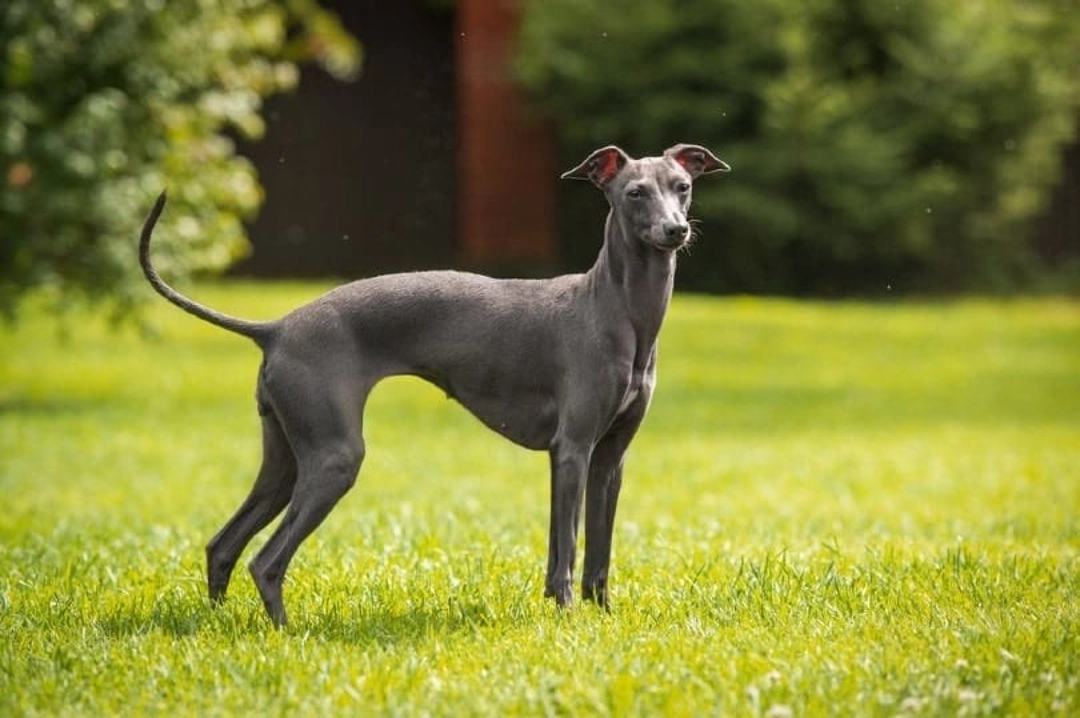
Place to Visit
If you really want to see an Italian Greyhound in the wild, walk around a big city like Milan or Florence. While they’re not actually wild, these cities are their territories. Parco Sempione in Milan is a popular spot.
Tips for Visiting
When you do come across these elegant dogs, be sure to keep your distance, unless given express permission to come closer. They are rather delicate animals and nothing makes them happier than a soft hand.
FAQ
1. How rare are Marsican Brown Bears?
There are fewer than 60Marsican brown bear remember, they are still wild animals! So if you do see one, consider yourself very lucky.
2. What should I expect when visiting parks in Italy to see wildlife?
Carry the correct equipment, keep your distance and take guided tours when visiting the wild.
3. Is it possible to see wolves at any time of day in their natural habitat?
Wolves are nocturnal, so don’t talk on the trail during dusk or dawn.
4. What do I need to know before visiting a kennel or breeder of Italian Greyhounds?
Be respectful and patient. These dogs are sensitive and should only be interacted with cautiously after consulting the owner.
Conclusion
The animals that are national symbols of Italy are more than just emblematic figures — they are, in many forms, a living embodiment of the essence of the country, its values and ideals, and its connection to the natural world.
For those on the road, seeing these animals — whether in nature, city parks, or as part of local customs — is just another enriching and genuine layer to include in your Italian adventure.
By learning their history and honoring their homes, travelers can have a more meaningful trip.
